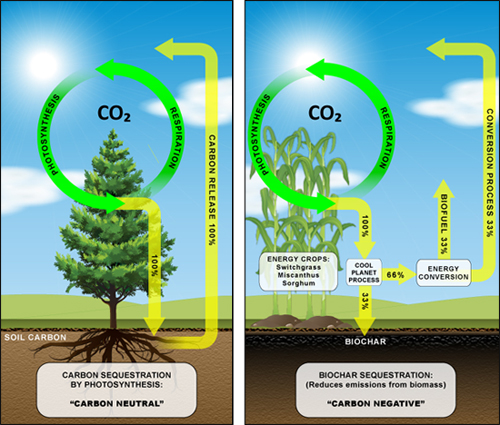Understanding "the basics" of soil is no small matter. One of the most basic problems with soil is compaction. For many of my clients, the soil around their homes has been virtually ruined by what took place when their house was built or renovated. Many (all?!) builders/contractors think of soil as dirt and make no effort to protect it or renovate it after they're finished. Around here, most of the new development is infill development, so virtually the whole lot is disturbed - by tearing down the old house, by cutting down all the trees, by building an addition, by installing a pool. Their machines churn across what might have been relatively undisturbed soil, often when the soil is saturated after a hard rain, creating ruts that are virtually impossible to correct. They dig a new foundation and turn the existing soil-profile upside down in doing so. What used to be subsoil is now on top. When they're done, they flatten out the clay-ey subsoil, put back a couple inches of the "topsoil" that they allegedly scraped off at the beginning (is it full of weed seeds now?? has it been tested? what is its texture? has compost been added?), throw down some "contractor's mix" el-cheapo grass seed and poof - there's your new lawn! This is what we refer to as "urban soil".
Urban soils are typically inhospitable places for trees, other plants, and their oxygen breathing microorganisms. Human activities, such as those described above, as well as grading and even foot traffic leave urban soils much more compacted than natural soils. Typically 40-55% of the volume in a healthy forest soil consists of pore space. This pore space consists of varying proportions of air and water depending on the weather. With compaction, soil particles are pushed together and fill up pore spaces, so pore space in urban soils often goes down to 20-30%.

